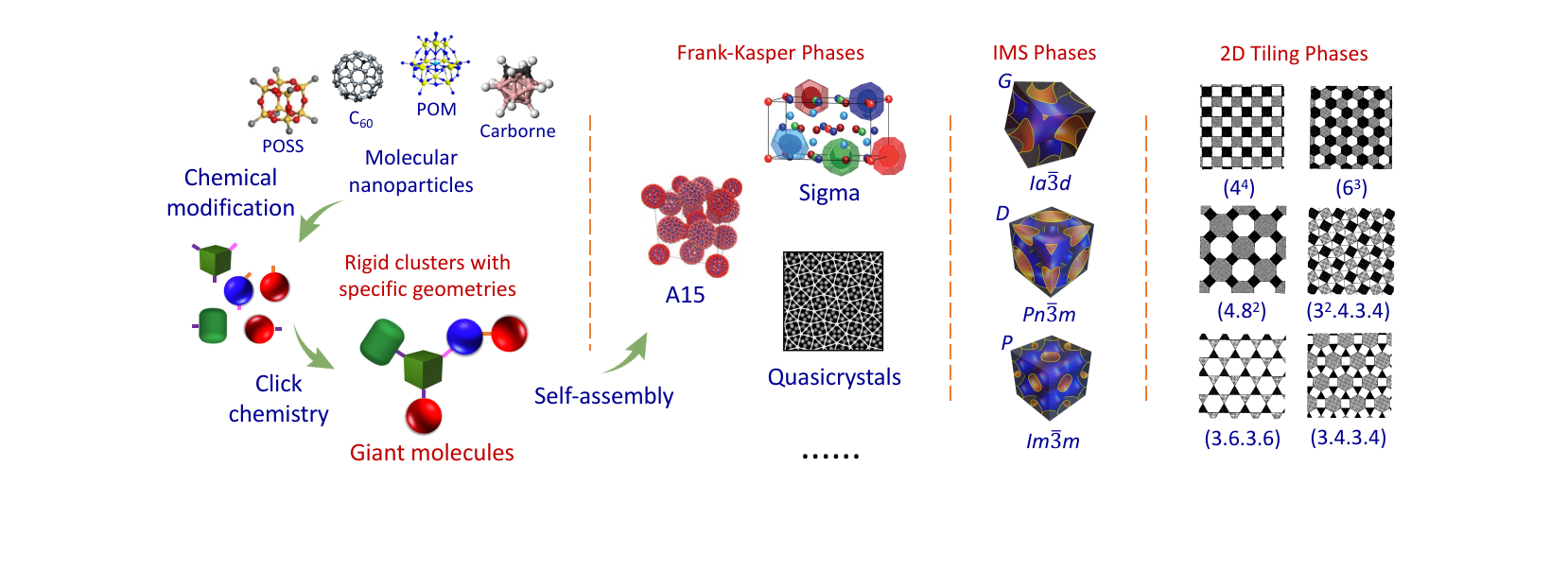箴言
在科学上没有平坦的大道,只有那些不畏艰险沿着陡峭山路攀登的人,才有希望达到光辉的顶点。
----马克思
-----------------------------------------------
合作研究
请有兴趣的研究组联系我们。欢迎任何形式的合作,尤其是在自组装、水凝胶以及生物医药等方向的合作。
------------------------------------------
研究成果
Wu, X.-L.;# Liu, Y.;# Liu, D.; Sun, F.; Zhang, W.-B.* An Intrinsically Disordered Peptide-Peptide Stapler for Highly Efficient Protein Ligation Both in vivo and in vitro. J. Am. Chem. Soc. 2018, 140 , 17474–17483. (Featured in F1000Prime)
Abstract: Herein, we report an intrinsically disordered protein SpyStapler that can catalyze the isopeptide bond formation between two peptide tags, that is, SpyTag and BDTag, both in vitro and in vivo. SpyStapler and BDTag are developed by splitting SpyCatcher—the cognate protein partner of SpyTag—at the more solvent exposed second loop region. Regardless of their locations in protein constructs, SpyStapler enables efficient covalent coupling of SpyTag and BDTag under a variety of mild conditions in vitro (yield ∼80%). Co-expression of SpyStapler with telechelic dihydrofolate reductase (DHFR) bearing a SpyTag at N-terminus and a BDTag at C-terminus leads to direct cellular synthesis of a circular DHFR. Mechanistic studies involving circular dichroism and nuclear magnetic resonance spectrometry reveal that SpyStapler alone is disordered in solution and forms a stable folded structure (Tm ∼ 55 °C) in the presence of both SpyTag and BDTag upon isopeptide bonding. No ordered structure can be formed in the absence of either tag. The catalytically inactive SpyStapler-EQ mutant cannot form a stable physical complex with SpyTag and BDTag, but it can fold into ordered structure in the presence of the ligated product (SpyTag-BDTag). It suggests that the isopeptide bond is important in stabilizing the complex. Given its efficiency, resilience, and robustness, SpyStapler provides new opportunities for bioconjugation and creation of complex protein architectures.





